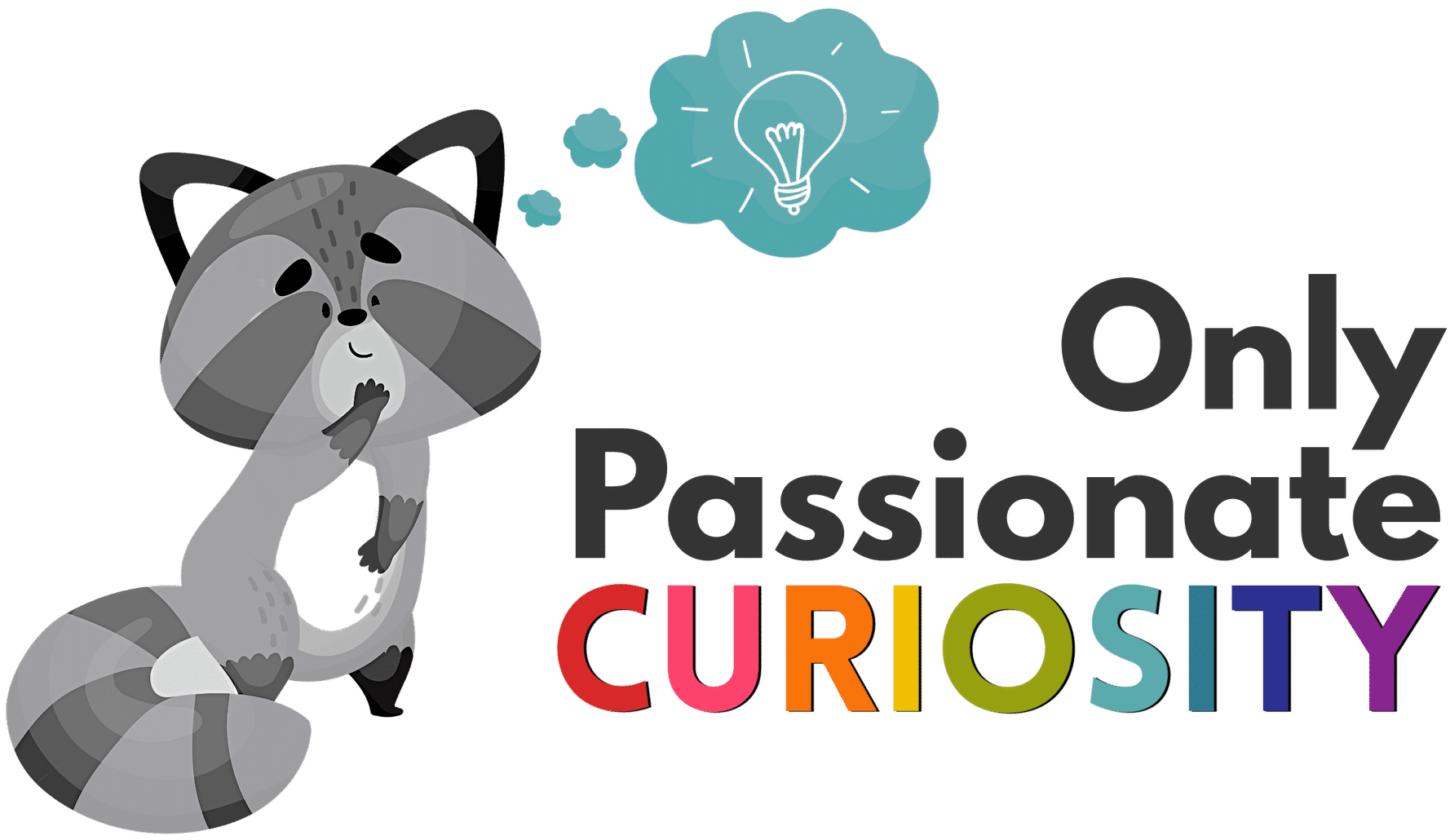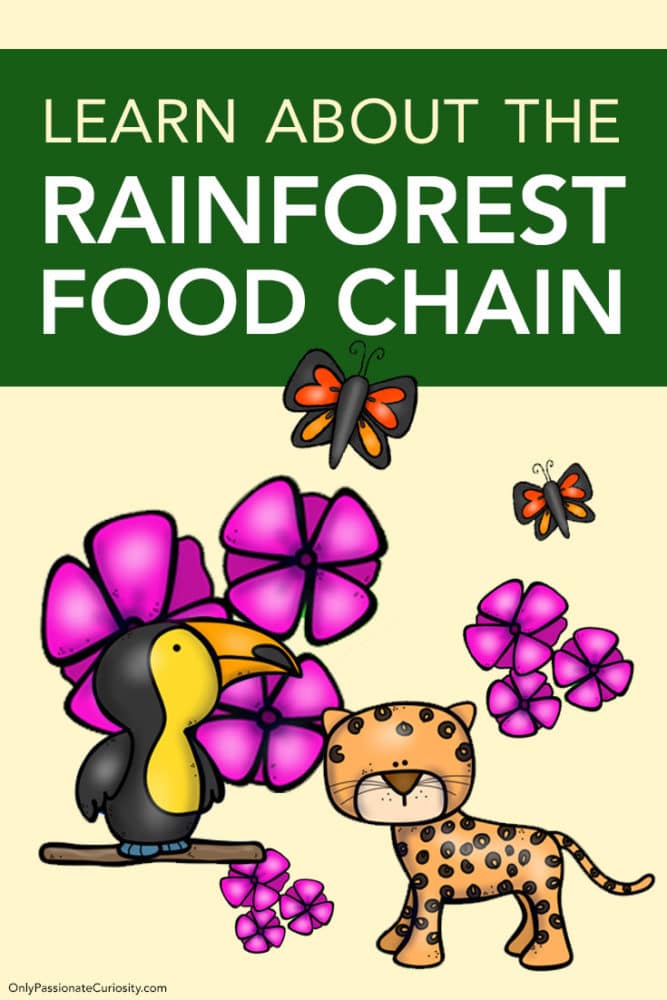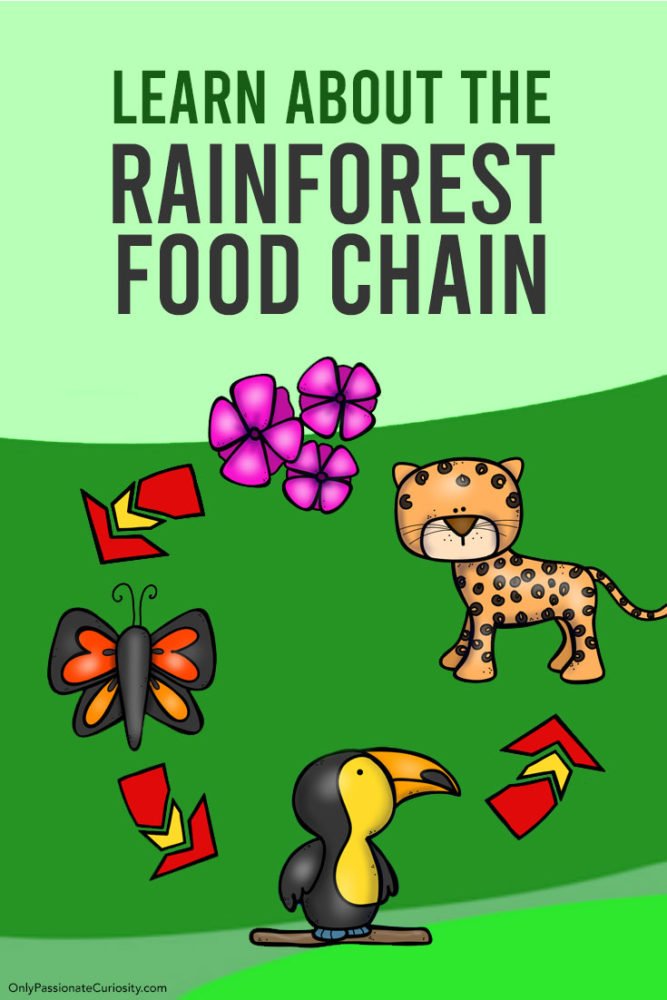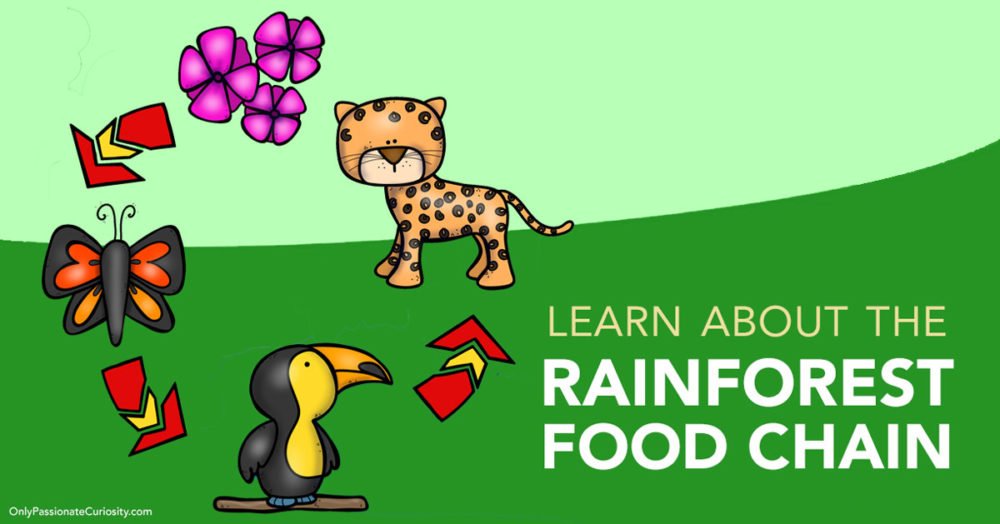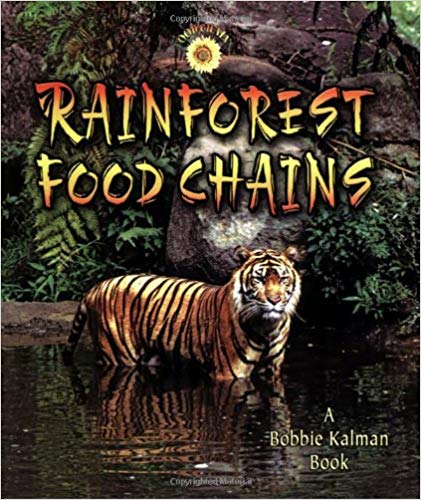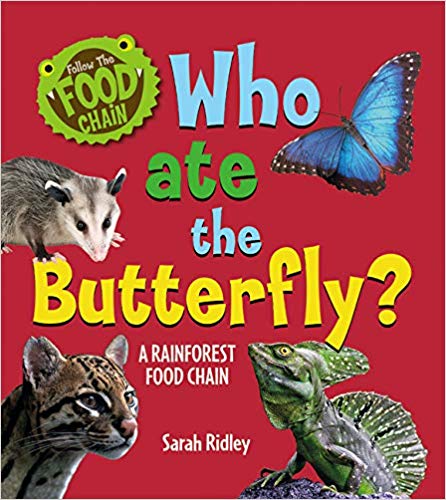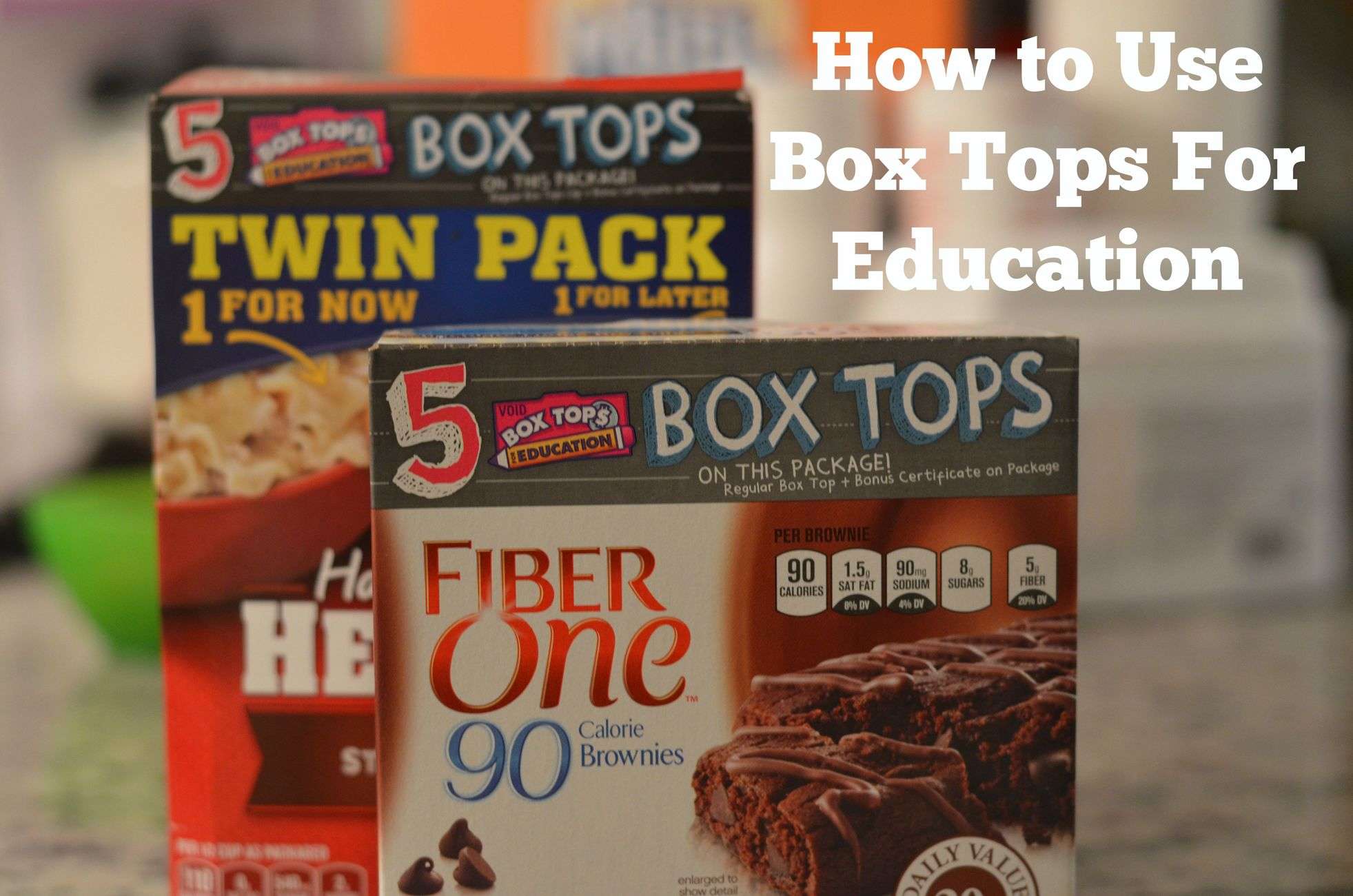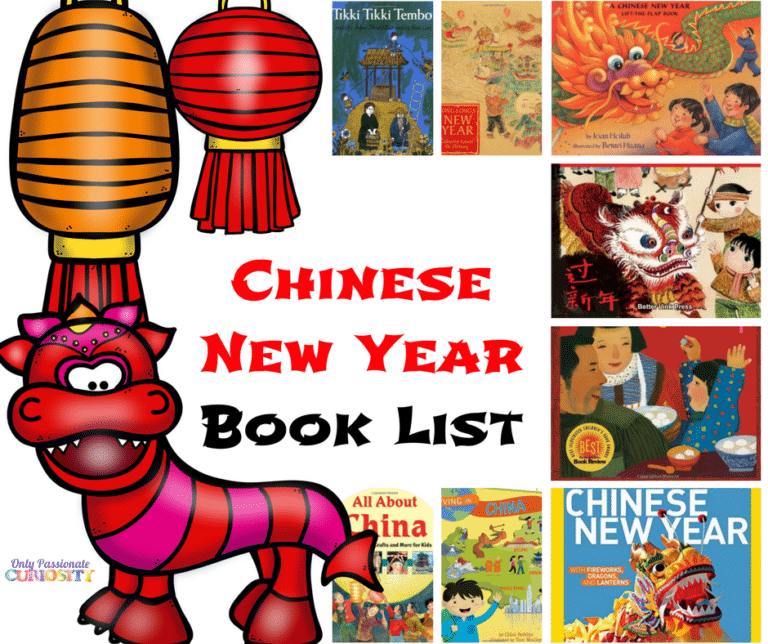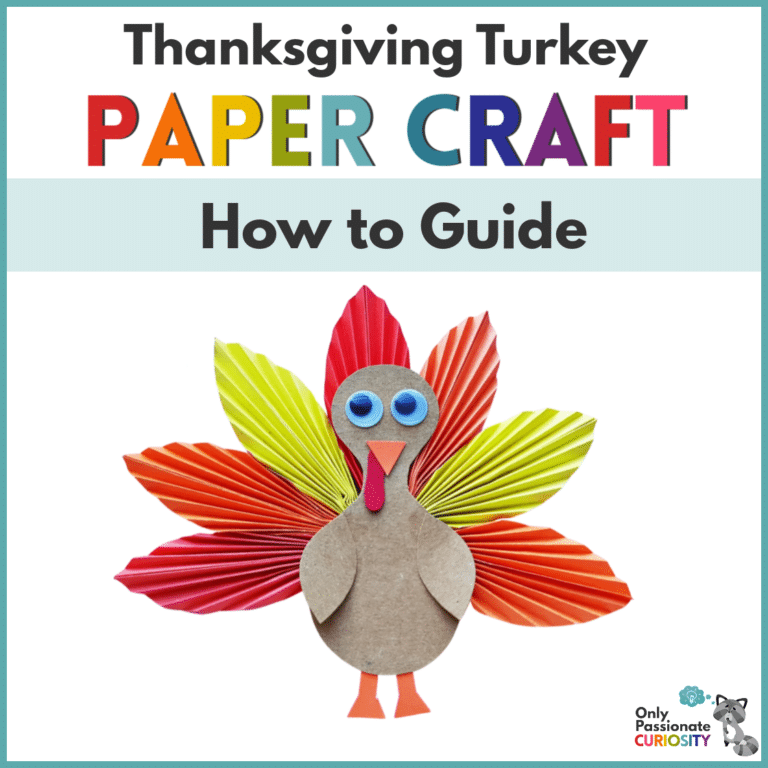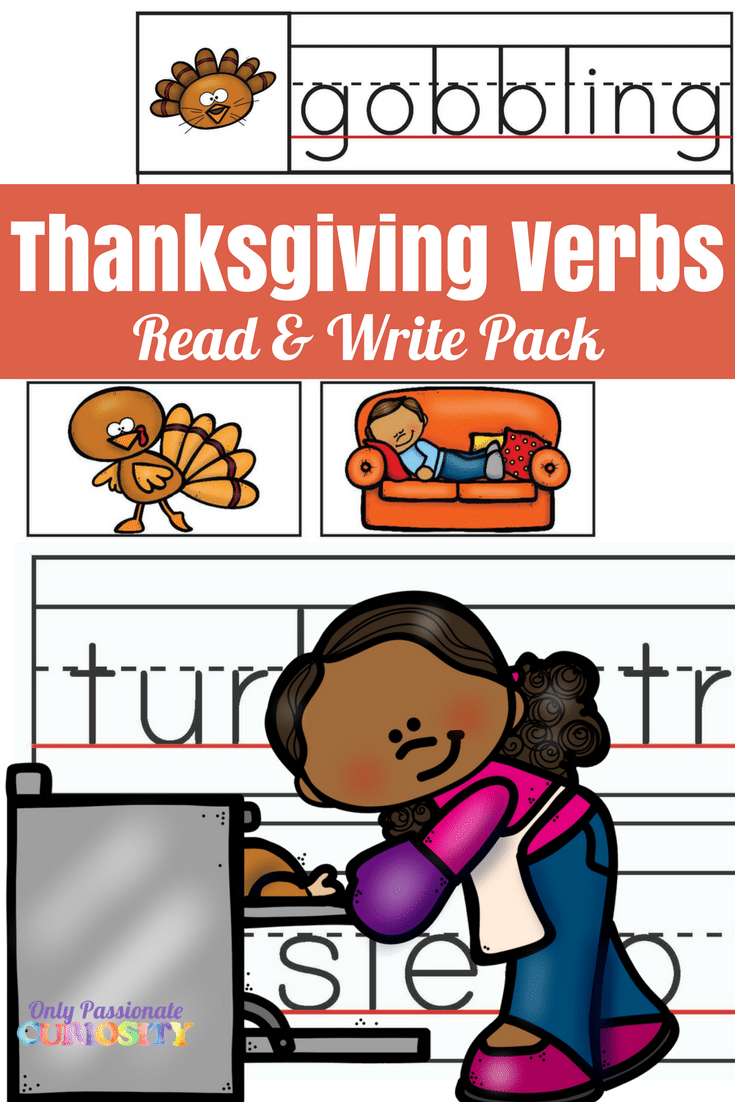Learn About the Rainforest Food Chain
Studying food chains is a fun way to teach our children about life in the rainforest, the forest, the pond, or so many other places around the world! Yet it’s something we may not think to teach our children even though it can be a super easy way to introduce them to all kinds of habitats and plant and animal life that they may not be familiar with. This rainforest food chain coloring book is a great way to introduce your children to the rainforest and to some of the kinds of plants and animals found there.
Most children respond better to new information when it is introduced in a familiar way, and these coloring pages are perfect for that! They include a colorful cover page as well as six black-and-white pages to use for coloring as you learn more about the rainforest.
When my children were younger, I liked to have them do something hands-on while I read to them and shared new information with them. By keeping their hands busy, they were actually much better able to listen and pay attention as I read. I’ll admit that I originally thought allowing them to keep their hands busy would distract them, but I found that that wasn’t the case at all! Allowing them to keep their hands busy actually made it far easier for them to take in information without them feeling bored and allowing their minds to wander.
Easy Lesson Ideas to Learn About the Rain Forest Food Chain
Introduce the Food Chain
If you’re studying the rainforest or food chains (or both!) with your children, there are some fun and easy ways to make the most of your lessons without adding a lot of extra work and planning! One of the simplest things you can do is look at these pictures together. Talk about the names of the plants and animals. Let your children color the pages with crayons, markers, or paints as a way of beginning to build interest in the topic and starting to feel more familiar with the topic.
Talk About Relationships
Look at the food chain and talk about the relationship of each plant or animal to the next plant or animal in the chain. Look together at how the food chain begins with smaller plants and animals and increases in size. Discuss how plants and animals need food to live and thrive and how this cycle works and how it continues. Talk about how the butterfly gets food from the flowers. Talk about how larger animals eat smaller animals and how this is necessary for life to continue. (Of course you can decide how in depth you do or don’t want to go based on your own children’s ages and maturity levels.)
Handwriting Practice
Use the handwriting practice that’s provided to encourage them to work on handwriting skills as you learn together, but don’t worry about perfecting the handwriting of young children just yet! You want them to be interested in handwriting, but very young children aren’t ready yet to work too much on beautiful handwriting. That will come with time, maturity, and the building of greater fine motor skills. For now, let them enjoy the practice and don’t worry about how it looks.
Sequencing
After your child colors the page showing the complete food chain, cut it apart and have him or her put the animals in the correct order. This is another opportunity to discuss why each plant or animal feeds on another particular plant or animal as well as to work on memory and vocabulary.
Read Some Books
Rainforest Food Chains by Bobbie Kalman is perfect for children of about ages 5 to 9. It includes information about tropical rainforests in Southeast Asia and teaches children how the plants and animals found there rely on each other to survive. Click here to find this book on Amazon.
Who Ate the Butterfly? by Sarah Ridley is all about the rainforest in Central America. It starts with the sun and includes information about plants and animals from the pea plant to a wild cat called an ocelot. Click here to find this book on Amazon.
You’ll find even more ideas for using food chains to teach your children on Learning About Life in the Pond where (You guessed it!) we share a pond food chain coloring book and lesson ideas.
To find out printable Rainforest Food Chain coloring pages, click this link!

